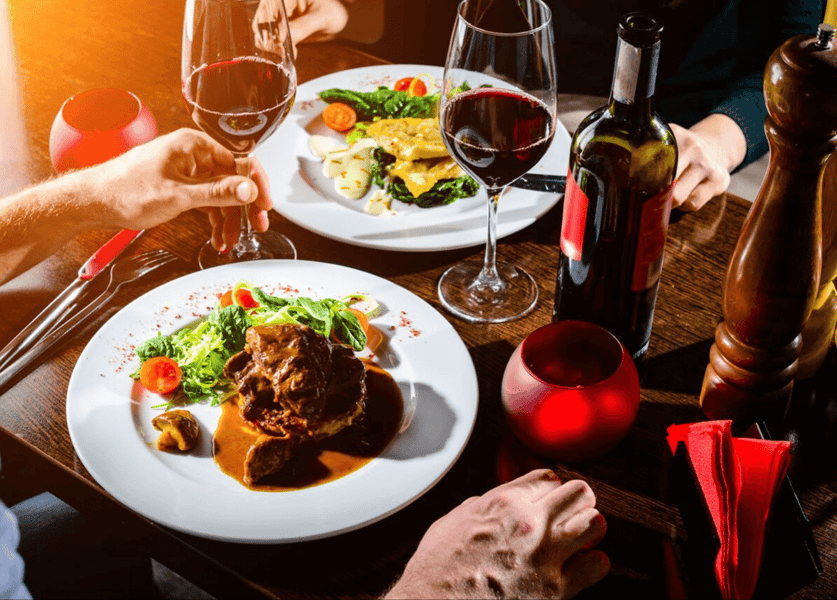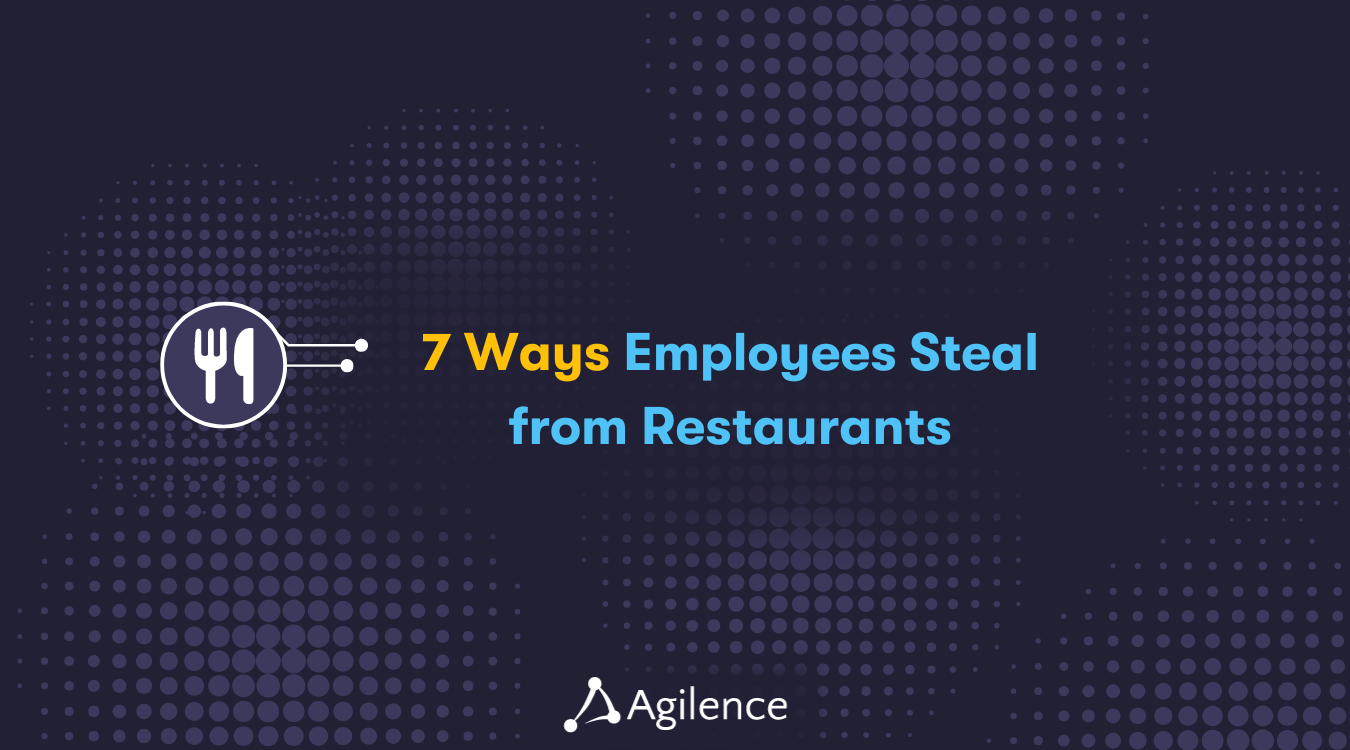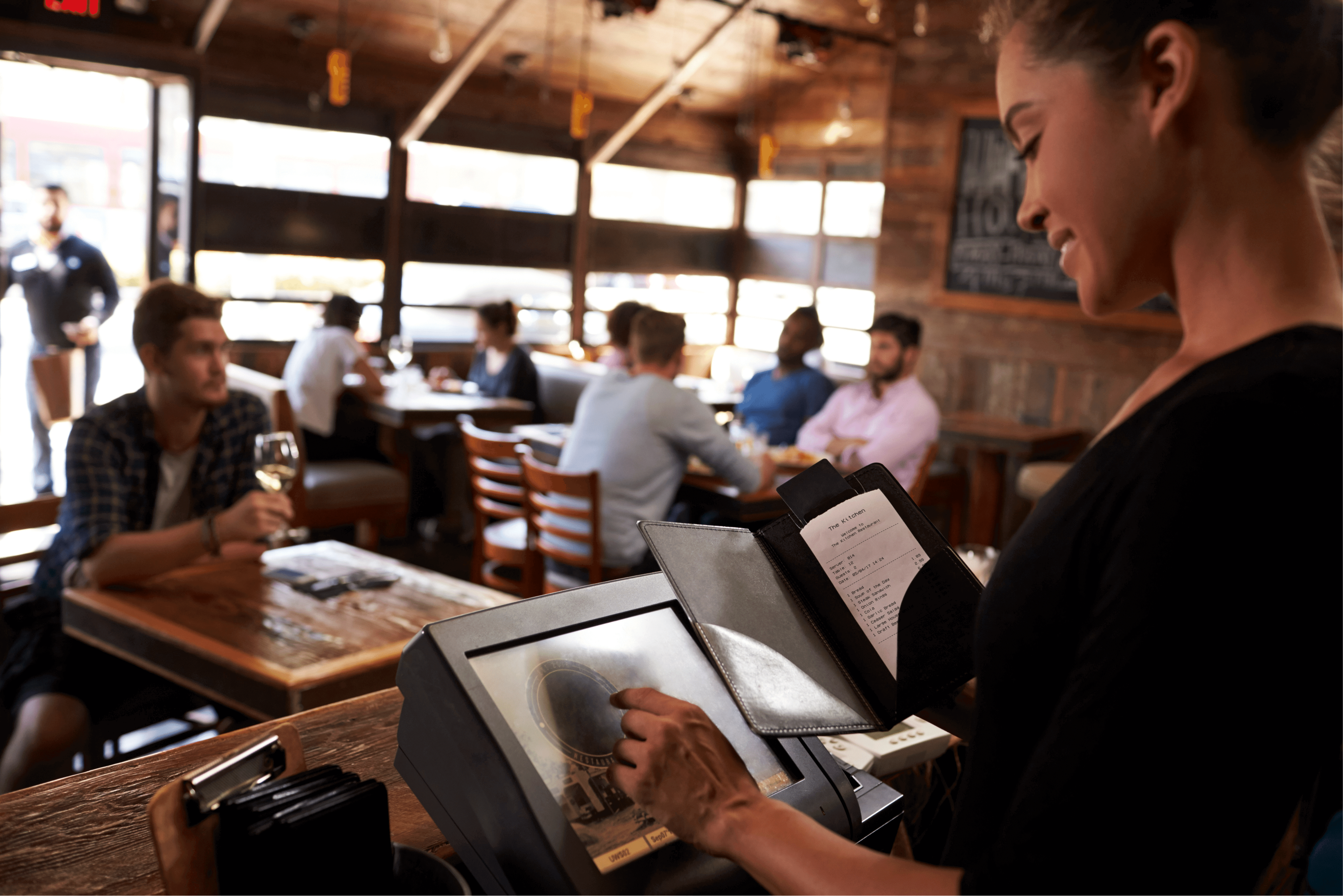Measuring Restaurant Performance: 10 Essential Restaurant Metrics
Restaurant Derek Rodner
Derek Rodner

What is your restaurant data telling you?
Today, we have access to more data than ever before. Customer data. Performance data. Operational data. As a restaurant operator, there’s certain data that you need to track in order to understand how your restaurant or chain is performing. Below are 10 essential restaurant performance metrics to start with:
1. Cost of Goods Sold (CoGS)
Cost of Goods Sold (CoGS) refers to the cost required to create each of the food and beverage items sold to guests. It is a representation of your restaurant or chain’s inventory during a set time period. In order to calculate this metric, you’ll need to record inventory levels at the beginning and end of a given period, along with any inventory purchases during that period. Inventory standards usually fall between 20% and 40% when expressed as a ratio of a percentage of costs to sales.
It’s important to track CoGS because inventory is one of the largest expenses for restaurant operators. This metric can help you determine if menu items are priced correctly, if inventory controls are working, or if food costs are too high.
How to calculate CoGS:
Beginning Inventory + Purchased Inventory - Final Inventory = Cost of Goods Sold
2. Labor Cost Percentage
Labor Cost Percentage measures the percentage of your revenue that pays for labor (wage, benefits, salary costs, etc.). This is another of the largest operating expenses for restaurants. Knowing this metric allows you to monitor and control these costs. An industry average labor cost percentage should be about 20%-35% of sales.
Labor costs can be further broken down to show front of house, back of house, and managerial ratios to control these elements even more closely.
How to calculate Labor Cost Percentage:
(Labor Cost / Sales) x 100 = Labor Cost Percentage
3. Prime Cost
A restaurant’s prime cost is the sum of all of its labor costs, and its CoGS. This is an invaluable metric because it represents the majority of a restaurant’s controllable expenses, and the primary area operators can optimize in order to decrease costs and increase profits. Calculating prime cost into a percentage of sales creates a Prime Cost Ratio. Typically, a restaurant’s prime cost makes up about 60% (65% for Full Service Restaurants) of its total sales. Anything above 70% could indicate that your costs are too high, but below 55% could indicate that you are overworking your staff or sacrificing quality.
Prime Cost should be taken into consideration in how you price your menu, schedule your staff, create budgets, and establish goals.
How to calculate Prime Cost:
Labor Cost + CoGS = Prime Cost
4. Overhead Rate
Overhead costs are the opposite of Prime Costs. While Prime Costs are in constant flux, Overhead Costs encompass the fixed costs and operational expenses. These include your rent or mortgage, utilities, property taxes, licenses, fees, and permits, etc. Your Overhead Rate is the amount you’re paying for fixed costs per hour open for a given period of time. Generally, restaurants aim for an overhead rate of about 30% of revenue.
Covering Overhead Costs should always be considered when pricing menu items and creating sales goals.
How to calculate Overhead Rate:
Total Fixed Costs / Total Hours Open = Overhead Rate
5. Food Cost Percentage
Food Cost Percentage measures the ratio of a menu item’s cost to produce to its selling price. Monitoring your food cost percentage on an ongoing basis allows you to identify rising supplier costs, issues with portions, spoilage, and other forms of shrinkage before changes affect prime costs and profits. Industry standards state that restaurants should aim to keep their food cost percentage around 30% (or between 20%-40%).
This metric should be used to correctly price your menu, with your ideal food cost percentage as your base. This way, each dish accounts for the cost of its ingredients and leaves an acceptable margin for other overhead costs and profit.
How to calculate Food Cost Percentage:
Item Cost / Selling Price = Food Cost Percentage
6. Contribution Margin
Contribution Margin measures how much profit you’re making on a particular menu item. In other words, this metric shows the dollar amount each dish contributes to your restaurant or chain’s revenue after the cost of ingredients.
Restaurant operators can use Contribution Margin to determine which menu items offer the best margins and focus promotional and sales efforts around these items.
How to calculate Contribution Margin:
Selling Price – Cost of Ingredients = Contribution Margin
7. Gross Profit & Gross Profit Margin
Gross Profit represents the money your restaurant or chain makes after deducting the cost of goods sold. It can be showed as a number or a percentage of total revenue (margin). This metric represents the capital available to put towards paying fixed expenses like rent, labor, and other overhead expenses as well as any additional net profits. When used as a key performance indicator, most restaurants aim for a gross profit margin of around 70%.
How to calculate Gross Profit & Gross Profit Margin:
Total Revenue – CoGS = Gross Profit
(Gross Profit / Total Revenue) x 100 = Gross Profit Margin
8. Net Profit Margin
Your Net Profit represents the money your restaurant or chain makes after accounting for all operating costs, including CoGS, Labor Cost, and overhead expenses like rent, equipment, and utilities. While any profit and all profit is cause to celebrate and averages vary by concept, about 6% is the industry-wide average Net Profit Margin.
Proving profitability with this metric can help to set goals, plan growth and expansion, or secure investors.
How to calculate Net Profit Margin:
(Gross Sales – Operating Expense) / Gross Sales = Net Profit Margin
Note: (Gross Revenue – Operating Expenses) is often referred to as Net Income. So, Net Profit Margin can also be calculated as: Net Income / Gross Sales = Net Profit Margin
9. Average Cover (Restaurant Revenue per Seat)
Average Cover (also known as Restaurant Revenue per Seat) measures the average amount a single customer spends at your restaurant or chain. This metric can inform managers and executives how effective staff is at maximizing sales through upselling, regardless of section size or turnover rate. Average Cover can also be used to predict and forecast sales by combining with average headcount.
How to calculate Average Cover:
Total Sales / Number of Covers = Average Cover
10. Revenue per Square Foot (Sales per Square Foot)
Sales volume is the most reliable indicator of a restaurant’s potential for profit, and a useful way to look at sales volume is through the ratio of sales to square foot. Average Revenue per Square Foot, also known as Sales per Square Foot, compares sales volume for any period of time to total interior square footage including kitchen, dining room, storage, restrooms, etc. This is usually equal to the net rentable square footage in a leased space. In most cases, full service restaurants should average at least $150 per square foot, while limited service restaurants should average at least $200 per square foot. High profit restaurants can easily double those sales metrics.
Revenue per square foot tells you how efficiently you’re generating sales, which can be used to showcase your potential for expanding your restaurant or adding another location.
How to calculate Revenue per Square Foot:
Sales / Square Foot = Sales per Square Foot
The Bottom Line: We Need to Go Deeper
The above metrics are just a starting point for restaurant operators. While most of these metrics can be calculated manually or reported through a modern POS system, digging deeper into the details of your business can provide true insight and deliver deeper value.
When it comes to optimizing sales and labor efficiency, analyzing performance in near real-time, and automatically flagging suspicious behavior, the basics simply won’t cut it. Modern Data Analytics solutions allow you and your team to view performance in a new light.
For more information on how to go deeper than these metrics to get a complete view of restaurant performance, download our recent white paper, "Beyond Basic Metrics: Leveraging Restaurant Data Analytics to Maximize Profits.
Read more about Shrink here.
Related Articles

7 Ways Employees Steal from Restaurants
Employees are the core of any business, but this is especially true in restaurants. It is the service industry after all. Alt...
How Restaurants Can Thrive During the Labor Shortage
Great employees are the core of any restaurant’s success. Technological advances can’t replace the human element of warm cust...
Common Types of Restaurant Employee Theft
The National Restaurant Association estimates that 75% of restaurant inventory shortages are due to internal theft, and QSRs ...Subscribe to our blog
Receive free educational resources like exclusive reports, webinars, and industry thought leadership articles straight to your inbox.


